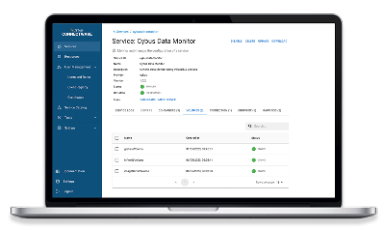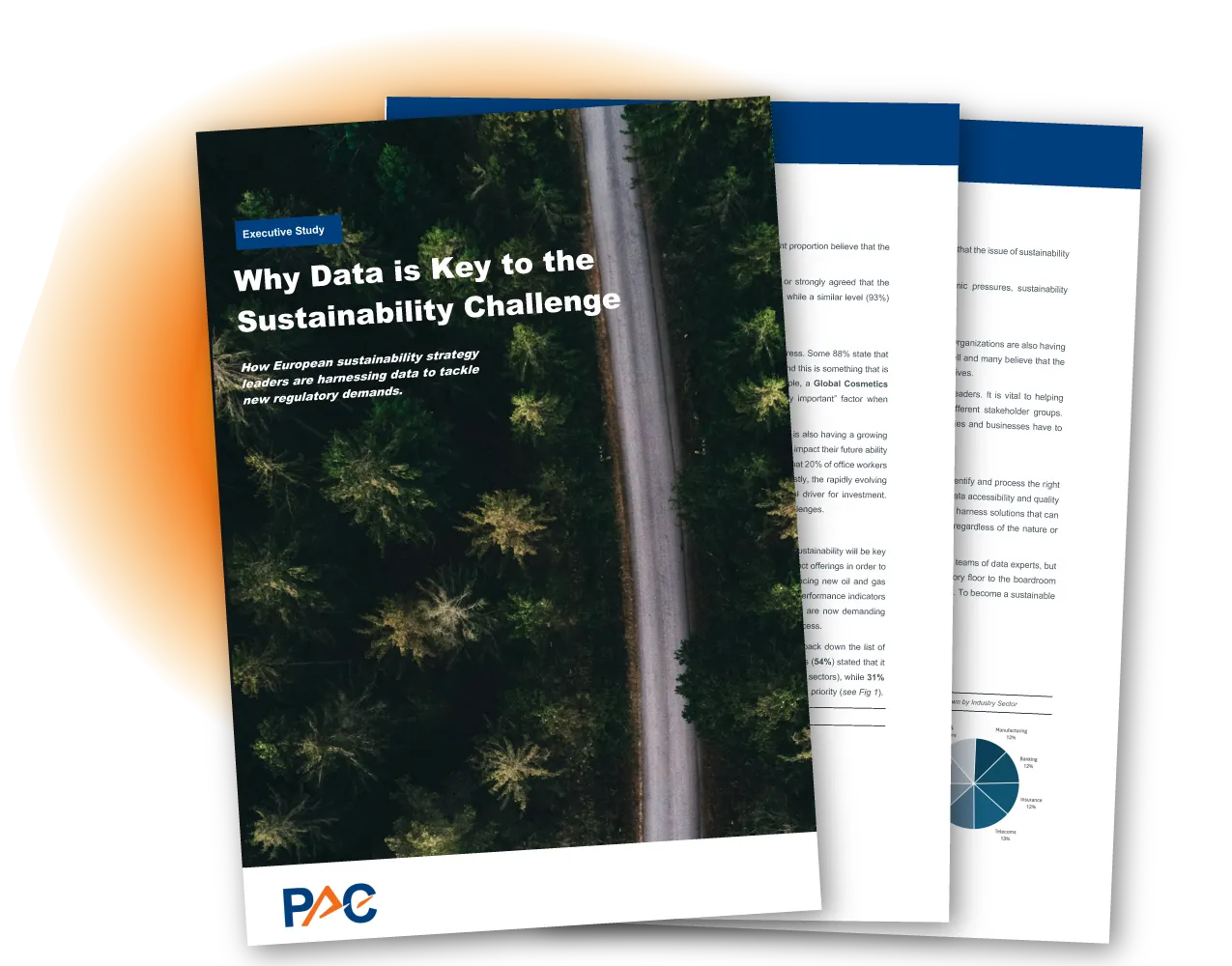Upgrade Connectware from 1.x to 1.5 (Kubernetes Guide)
This Cybus Kubernetes guide provides a detailed procedure to help admins adjust the persistent volume content permissions to ensure a smooth upgrade to Connectware 1.5.0 in Kubernetes environments.
Important: Connectware 1.5.0 introduces a significant change regarding container privileges. Now, containers are started without root privileges. This change causes an issue where files that persisted on volumes that were created by a user other than the one accessing them, cannot easily have their permissions changed. As a result, this upgrade requires the admin to manually update the permissions.
Prerequisites
- Connectware version 1.3.0 or higher is installed on Kubernetes
- Administrative rights to run privileged workloads in your Kubernetes cluster
kubectlconfigured with access to the target installation- Helm version 3 installed on your system
- Cybus Helm repository added for access to:
- Connectware Helm chart
connectwarein version1.5.0. - Connectware Agent Helm chart
connectware-agentin version1.1.0.
- Connectware Helm chart
- Access to the
values.yamlfile specific to your installation - Knowledge of the name and namespace of your Connectware installation
Overview of the Upgrade
Before you begin the upgrade process, ensure that you have made the necessary preparations and that all relevant stakeholders are involved.
The following steps give you an overview of what you need to do. See below for detailed step-by-step instructions.
- Create the YAML snippets: Create YAML snippets for each PersistentVolumeClaim used by Connectware. This step is essential for identifying the volumes that need permission adjustments.
- Filter volumes: Carefully review the created snippets to ensure that only related volumes are included. This is critical to avoid unnecessary modifications and potential disruptions.
- Update the Kubernetes job file: Integrate the snippets into the
kubernetes-job.ymlfile as described. - Shutdown Connectware: Securely shut down all Connectware and agent pods to prevent any access conflicts during the permissions update. This step is crucial to ensure that the permissions changes are applied without interference.
- Run the Kubernetes job: Run the job to adjust permissions on all relevant volumes. This action addresses the core challenge posed by the upgrade and ensures that the new, non-root containers can access the files they need.
- Delete Kubernetes services: Remove all services used by Connectware in preparation for the new version. This step is necessary to accommodate updates that are incompatible with the existing service configurations.
- Apply Helm upgrade: Proceed with the Helm upgrade to Connectware version 1.5.0. This step completes the upgrade process and implements the new security measures and permissions model.
Important Notes
- Permissions on NFS-based storage: NFS-based storage, such as EKS, may not allow permission changes directly through Kubernetes. For such storages, adjust permissions directly on the storage device if needed. This ensures that the required volumes are accessible to the new container users. The permissions are as follows:
- For all volumes besides postgresql set ownership to
1000:0and permissions to770. - For postgresql set ownership to
70:0and permissions to770.
- For all volumes besides postgresql set ownership to
- Downtime for Connectware services: This process involves downtime for Connectware services. Schedule the upgrade accordingly to minimize the impact on your operations.
- Deleting Kubernetes services: Deleting Kubernetes services before the upgrade is critical. This is necessary in order to update our existing headless services to ClusterIP services. Transitioning to ClusterIP services enables port translation, allowing you to continue to connect to the pre-upgrade service ports (80,443) while also being able to connect to the new service ports (8080, 8443). This ensures uninterrupted service access and compatibility after the upgrade.
Upgrading Procedure
1. Creating YAML Snippets for relevant PersistentVolumeClaim names
- Create a script named
create-pvc-yaml.shcontaining the following:
#!/usr/bin/env bash
#
# Creates a Kubernetes resource list of volumeMounts and volumes for Connectware (agent) deployments
#
function usage {
printf "Usage:n"
printf "$0 [--kubeconfig|-kc <kubeconfig_file>] [--context|-ctx <target_context>] [--namespace|-n <target_namespace>] [--no-external-agents] [--no-connectware]n"
exit 1
}
function argparse {
while [ $# -gt 0 ]; do
case "$1" in
--kubeconfig|-kc)
# a kube_config file for the Kubernetes cluster access
export KUBE_CONFIG="${2}"
shift
;;
--context|-ctx)
# a KUBE_CONTEXT for the Kubernetes cluster access
export KUBE_CONTEXT="${2}"
shift
;;
--namespace|-n)
# the Kubernetes cluster namespace to operate on
export NAMESPACE="${2}"
shift
;;
--no-external-agents)
export NO_EXTERNAL_AGENTS=true
shift
;;
--no-connectware)
export NO_CONNECTWARE=true
shift
;;
*)
printf "ERROR: Parameters invalidn"
usage
esac
shift
done
}
#
# init
export NO_EXTERNAL_AGENTS=false
export NO_CONNECTWARE=false
export KUBECTL_BIN=$(command -v kubectl)
argparse $*
shopt -s expand_aliases
# Check for kubectl paramaters and construct the ${KUBECTL_CMD} command to use
if [ ! -z $KUBE_CONFIG ]; then
KUBECONFIG_FILE_PARAM=" --kubeconfig=${KUBE_CONFIG}"
fi
if [ ! -z $KUBE_CONTEXT ]; then
KUBECONFIG_CTX_PARAM=" --context=${KUBE_CONTEXT}"
fi
if [ ! -z $NAMESPACE ]; then
NAMESPACE_PARAM=" -n${NAMESPACE}"
fi
KUBECTL_CMD=${KUBECTL_BIN}${KUBECONFIG_FILE_PARAM}${KUBECONFIG_CTX_PARAM}${NAMESPACE_PARAM}
volumes=$(${KUBECTL_CMD} get pvc -o name | sed -e 's/persistentvolumeclaim///g' )
valid_pvcs=""
volume_yaml=""
volumemounts_yaml=""
if [[ "${NO_CONNECTWARE}" == "false" ]]; then
valid_pvcs=$(cat << EOF
system-control-server-data
certs
brokerdata-*
brokerlog-*
workbench
postgresql-postgresql-*
service-manager
protocol-mapper-*
EOF
)
fi
if [[ "${NO_EXTERNAL_AGENTS}" == "false" ]]; then
# Add volumes from agent Helm chart
pvc_volumes=$(${KUBECTL_CMD} get pvc -o name -l connectware.cybus.io/service-group=agent | sed -e 's/persistentvolumeclaim///g' )
valid_pvcs="${valid_pvcs}
${pvc_volumes}"
fi
# Collect volumeMounts
for pvc in $volumes; do
for valid_pvc in $valid_pvcs; do
if [[ "$pvc" =~ $valid_pvc ]]; then
volumemounts_yaml="${volumemounts_yaml}
- name: $pvc
mountPath: /mnt/connectware_$pvc"
break
fi
done
done
# Collect volumes
for pvc in $volumes; do
for valid_pvc in $valid_pvcs; do
if [[ "$pvc" =~ $valid_pvc ]]; then
volume_yaml="${volume_yaml}
- name: $pvc
persistentVolumeClaim:
claimName: $pvc"
break
fi
done
done
# print volumeMounts
echo
echo "Copy this as the "volumeMounts:" section:"
echo "######################################"
echo -n " volumeMounts:"
echo "$volumemounts_yaml"
# print volumes
echo
echo "Copy this as the "volumes:" section:"
echo "######################################"
echo -n " volumes:"
echo "$volume_yaml"
Code-Sprache: YAML (yaml)- Select the target environment:
kubectl config use-context <my-cluster>
kubectl config set-context --current --namespace <my-connectware-namespace>
Code-Sprache: YAML (yaml)- Make the script executable and run it:
chmod u+x create-pvc-yaml.sh
./create-pvc-yaml.sh
Code-Sprache: YAML (yaml)- Review the output to confirm only relevant volumes are listed.
Example output:
Copy this as the "volumeMounts:" section:
######################################
volumeMounts:
- name: brokerdata-broker-0
mountPath: /mnt/connectware_brokerdata-broker-0
- name: brokerdata-control-plane-broker-0
mountPath: /mnt/connectware_brokerdata-control-plane-broker-0
- name: brokerlog-broker-0
mountPath: /mnt/connectware_brokerlog-broker-0
- name: brokerlog-control-plane-broker-0
mountPath: /mnt/connectware_brokerlog-control-plane-broker-0
- name: certs
mountPath: /mnt/connectware_certs
- name: postgresql-postgresql-0
mountPath: /mnt/connectware_postgresql-postgresql-0
- name: protocol-mapper-agent-001-0
mountPath: /mnt/connectware_protocol-mapper-agent-001-0
- name: service-manager
mountPath: /mnt/connectware_service-manager
- name: system-control-server-data
mountPath: /mnt/connectware_system-control-server-data
- name: workbench
mountPath: /mnt/connectware_workbench
Copy this as the "volumes:" section:
######################################
volumes:
- name: brokerdata-broker-0
persistentVolumeClaim:
claimName: brokerdata-broker-0
- name: brokerdata-control-plane-broker-0
persistentVolumeClaim:
claimName: brokerdata-control-plane-broker-0
- name: brokerlog-broker-0
persistentVolumeClaim:
claimName: brokerlog-broker-0
- name: brokerlog-control-plane-broker-0
persistentVolumeClaim:
claimName: brokerlog-control-plane-broker-0
- name: certs
persistentVolumeClaim:
claimName: certs
- name: postgresql-postgresql-0
persistentVolumeClaim:
claimName: postgresql-postgresql-0
- name: protocol-mapper-agent-001-0
persistentVolumeClaim:
claimName: protocol-mapper-agent-001-0
- name: service-manager
persistentVolumeClaim:
claimName: service-manager
- name: system-control-server-data
persistentVolumeClaim:
claimName: system-control-server-data
- name: workbench
persistentVolumeClaim:
claimName: workbench
Code-Sprache: YAML (yaml)2. Updating and Applying the Kubernetes Job
- Create a script named
kubernetes-job.ymlcontaining the following:
---
apiVersion: batch/v1
kind: Job
metadata:
name: connectware-fix-permissions
labels:
app: connectware-fix-permissions
spec:
backoffLimit: 3
template:
spec:
restartPolicy: OnFailure
imagePullSecrets:
- name: cybus-docker-registry
containers:
- image: registry.cybus.io/cybus/connectware-fix-permissions:1.5.0
securityContext:
runAsUser: 0
imagePullPolicy: Always
name: connectware-fix-permissions
# Insert the volumeMounts section here
# volumeMounts:
# - name: brokerdata-broker-0
# mountPath: /mnt/connectware_brokerdata-broker-0
resources:
limits:
cpu: 200m
memory: 100Mi
# Insert the volumes section here
# volumes:
# - name: brokerdata-broker-0
# persistentVolumeClaim:
# claimName: brokerdata-broker-0
Code-Sprache: YAML (yaml)- Open
kubernetes-job.ymland integrate the output of thecreate-pvc-yaml.shscript. - Shut down all Connectware and agent pods:
kubectl scale sts,deploy -lapp.kubernetes.io/instance=<connectware-installation-name> --replicas 0
kubectl scale sts -lapp.kubernetes.io/instance=<connectware-agent-installation-name> --replicas 0
Code-Sprache: YAML (yaml)- Apply the job to change permissions:
kubectl apply -f kubernetes-job.yml
Code-Sprache: YAML (yaml)3. Verifying and Cleaning Up
- Check the job logs for confirmation:
kubectl logs -f job/connectware-fix-permissions
Code-Sprache: SAS (sas)Example output:
Found directory: connectware_brokerdata-broker-0. Going to change permissions
Found directory: connectware_brokerdata-broker-1. Going to change permissions
Found directory: connectware_brokerdata-control-plane-broker-0. Going to change permissions
Found directory: connectware_brokerdata-control-plane-broker-1. Going to change permissions
Found directory: connectware_brokerlog-broker-0. Going to change permissions
Found directory: connectware_brokerlog-broker-1. Going to change permissions
Found directory: connectware_brokerlog-control-plane-broker-0. Going to change permissions
Found directory: connectware_brokerlog-control-plane-broker-1. Going to change permissions
Found directory: connectware_certs. Going to change permissions
Found directory: connectware_postgresql-postgresql-0. Going to change permissions
Postgresql volume identified, using postgresql specific permissions
Found directory: connectware_service-manager. Going to change permissions
Found directory: connectware_system-control-server-data. Going to change permissions
Found directory: connectware_workbench. Going to change permissions
All done. Found 13 volumes.
Code-Sprache: YAML (yaml)- Delete the Kubernetes job afterward:
kubectl delete -f kubernetes-job.yml
Code-Sprache: YAML (yaml)- Delete outdated Kubernetes services:
kubectl delete svc -l app.kubernetes.io/instance=<connectware-installation-name>
Code-Sprache: YAML (yaml)4. Upgrading Connectware
- Run the Helm command to upgrade Connectware to 1.5.0.
helm upgrade -n <namespace> <installation-name> <repo-name>/connectware --version 1.5.0 -f values.yaml
Code-Sprache: YAML (yaml)- If you have any connectware-agent Helm chart installations, update them to Helm chart version 1.1.0.
Result: You have successfully upgraded Connectware to 1.5.0.
Functionality of Provided Files
create-pvc-yaml.sh
This script is designed to automatically generate Kubernetes resource lists, specifically volumeMounts and volumes, for Connectware deployments on Kubernetes. It simplifies the preparation process for upgrading Connectware by:
- Identifying PersistentVolumeClaims (PVCs) used by Connectware and optionally by external agents.
- Creating the YAML snippets required for mounting these volumes into the Kubernetes job designed to fix permissions.
- Allowing customization through parameters such as
--kubeconfig,--context,--namespace, to specify the Kubernetes cluster and namespace. - Providing options to exclude volumes related to Connectware or external agents, if necessary.
The script outputs sections that can be directly copied and pasted into the kubernetes-job.yml file, ensuring that the correct volumes are mounted with the appropriate permissions for the upgrade process.
kubernetes-job.yml
This YAML file defines a Kubernetes job responsible for adjusting the permissions of the volumes identified by the create-pvc-yaml.sh script. The job is tailored to run with root privileges, enabling it to modify ownership and permissions of files and directories within PVCs that are otherwise inaccessible due to the permission changes introduced in Connectware 1.5.0.
The job’s purpose is to ensure that all persistent volumes used by Connectware are accessible by the new, non-root container user, addressing the core upgrade challenge without compromising on security by avoiding the use of root containers in the Connectware deployment itself.
Similar Articles
Need more help?
Can’t find the answer you’re looking for?
Don’t worry, we’re here to help.


